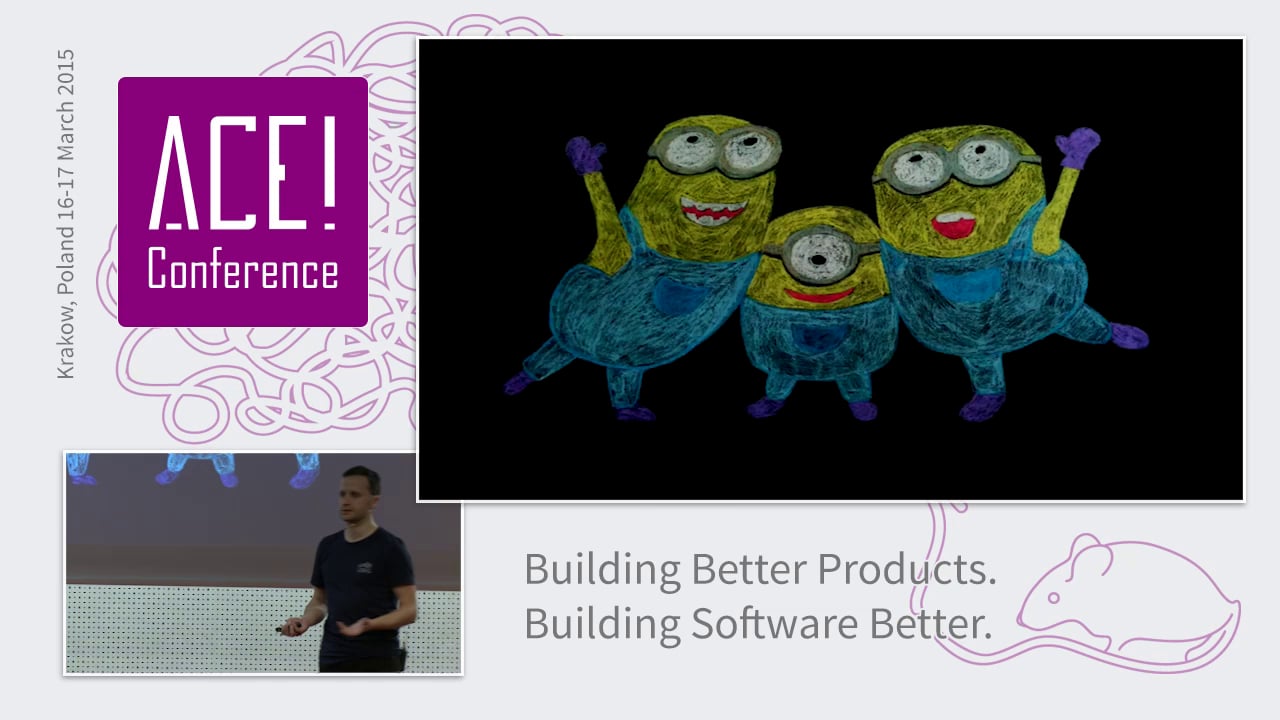Videos on Scrum and Agile Project Management
How can metrics be used safely in coaching Agile teams? The classic Goldratt quote “Tell me how you will measure me and I will tell you how I’ll behave” signals the danger of using metrics to manage or motivate employees. This presentation shows and suggests approaches to Agile metrics that avoid the common pitfalls and shows some practical dashboards and the resulting chaos or calm they caused.
When I started with Agile and Scrum back at 2005, I was not much different from any other agile newbie, and I was complaining for having regular retrospective. “What for? We are already sitting together, we are a good team, we tell each other what should be said. It’s waste of time. Formal meeting…” Later I realized retrospective is quite useful and implemented it as one of the key Scrum practices.
The first principle of Agile manifesto says “Our highest priority is to satisfy the customer through early and continuous delivery of valuable software.” But, Is our highest priority to delight our customer, or to delight our sponsor. Do we understand who the real customer is and behave accordingly?
Agile has become the de-facto standard for innovating new products in software development. But an Agile project needs good product management and good UX design to succeed. Fitting UX in with product management and Agile can be uncomfortable for UX designers. Once you get it, though, you’ll never want to work any other way.
This presentation shares a set of stories, representing lessons learned from running an agile project in a waterfall-based telecom culture. What was done differently from the enterprise waterfall-based project management standard? What agile principles and specific practices were applied? What were tangible benefits to the business from the situation where one project team became “outlaws” of the corporate culture.
This presentation by Grindr VP of Engineering, Lukas Sliwka, focuses on implementing Scrum metrics to drive high performance teams while building strong and innovative software engineering organization.
Let’s challenge some of the commonly accepted patterns for software development teams. High degree of autonomy doesn’t turn into anarchy but rather help to keep intrinsic motivation high. Participatory leadership means that every team member is a leader yet it doesn’t mean competition. Decisions making process has nothing to do with power structures. Culture is paramount and it goes ahead of technical skills. Collaboration is ultimately the factor the whole team optimizes their work for.








